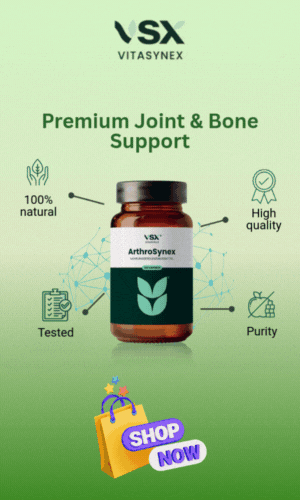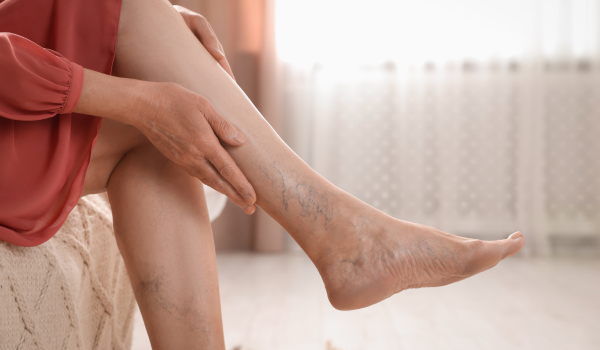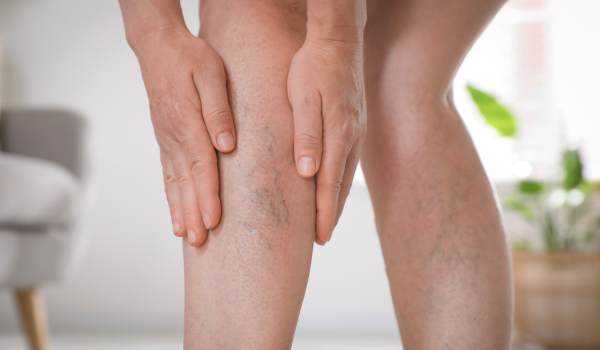.png)
Understanding Venous Stasis
Venous stasis is a condition characterized by slow or stagnant blood flow in the veins, particularly in the lower extremities. It’s often caused by weak vein walls or malfunctioning valves, which allow blood to pool rather than return to the heart efficiently. Over time, venous stasis can lead to swelling, pain, skin discoloration, varicose veins, and serious complications like ulcers or blood clots.
Treatment focuses on improving blood flow, reducing symptoms, and preventing long-term damage. Depending on the severity of the condition, options include conservative care, medications, or surgical procedures.
Lifestyle Changes
The foundation of treatment for venous stasis often starts with lifestyle modification. Simple, daily habits can significantly reduce symptoms and slow progression.
Key lifestyle strategies:
-
Leg elevation: Raising legs above heart level reduces venous pressure and encourages return flow.
-
Regular movement: Walking, swimming, and stretching activate the calf muscles and promote circulation.
-
Weight management: Reducing excess weight decreases pressure on leg veins.
-
Avoiding prolonged standing or sitting: Frequent movement prevents blood from pooling.
-
Hydration and a healthy diet: Support vascular health and reduce inflammation.
These practices are particularly important for early-stage venous stasis or for preventing recurrence after treatment.
Compression Therapy
Compression garments are the mainstay of conservative treatment and are recommended for most patients with venous stasis. They apply graduated pressure to the legs, encouraging blood to move upward toward the heart.
Types of compression:
-
Compression stockings: Available in knee-high, thigh-high, or full-length styles with varying pressure levels (measured in mmHg).
-
Compression wraps or bandages: Used for patients with ulcers or severe swelling.
-
Pneumatic compression devices: For patients with limited mobility or severe disease, these use a pump to provide dynamic pressure.
Benefits include:
-
Reduced swelling
-
Relief of heaviness and fatigue
-
Prevention of skin changes and ulcers
-
Enhanced healing of wounds
Patients should be professionally fitted, especially when higher compression levels are needed.
Topical Treatments
In cases where skin changes, dermatitis, or ulcers are present, topical medications can provide relief and promote healing.
Common topical agents:
-
Steroid creams: Reduce inflammation and itching in stasis dermatitis.
-
Moisturizers: Prevent cracking and dryness, reducing the risk of infection.
-
Antibiotic ointments: Used for minor infections or open wounds.
-
Enzyme-based dressings: Promote debridement of necrotic tissue in ulcers.
Topical treatment is most effective when used alongside compression and wound care strategies.
Oral Medications
Certain medications can support circulation, reduce inflammation, and treat complications of venous stasis.
Common options include:
-
Venoactive agents (e.g., diosmin, horse chestnut extract): Help tone vein walls and reduce leakage.
-
Anti-inflammatories (NSAIDs): Reduce pain, swelling, and discomfort.
-
Antibiotics: For patients with cellulitis or infected ulcers.
-
Anticoagulants: If the patient has a high risk of blood clots or concurrent deep vein thrombosis (DVT).
-
Diuretics: Used in some cases to manage excess fluid retention, though not a first-line treatment.
Medication is usually adjunctive and works best when combined with physical interventions like compression.
Wound and Ulcer Care
Venous stasis ulcers are one of the most challenging complications to treat. They require a comprehensive wound care plan tailored to the stage and depth of the ulcer.
Wound care strategies:
-
Cleaning and debridement: Removal of dead tissue to promote healing.
-
Specialized dressings: Foam, hydrocolloid, or alginate dressings keep the wound moist and protected.
-
Compression bandaging: Supports healing by reducing venous pressure.
-
Bioengineered skin substitutes: Used in persistent, non-healing ulcers.
-
Regular monitoring: Wound care nurses or vascular specialists evaluate progress and adjust treatment.
Effective wound care often prevents infection and the need for hospitalization or surgical intervention.
Sclerotherapy
Sclerotherapy is a minimally invasive treatment in which a chemical solution is injected into damaged veins. This irritates the vein lining, causing it to collapse and seal shut. Over time, the treated vein is reabsorbed by the body and blood reroutes through healthier veins.
Ideal for:
-
Small varicose or spider veins
-
Early venous reflux in superficial veins
-
Patients who do not respond to compression therapy alone
Sclerotherapy is quick, requires no anesthesia, and has minimal downtime, though multiple sessions may be needed.
Endovenous Thermal Ablation
Thermal ablation uses heat (via laser or radiofrequency energy) to seal off problematic veins. A catheter is inserted into the vein, and energy is applied to destroy the vein lining, closing it permanently.
Benefits include:
-
Outpatient procedure
-
Local anesthesia only
-
Minimal scarring or discomfort
-
Quick return to normal activity
This procedure is particularly effective for larger varicose veins and has largely replaced traditional vein stripping in many cases.
Ultrasound-Guided Foam Sclerotherapy
This technique involves injecting a foam sclerosant under ultrasound guidance into deep or twisted veins. The foam displaces blood and causes vein closure.
Used for:
-
Recurrent varicose veins
-
Large-diameter veins
-
Patients unable to tolerate heat-based ablation
It offers targeted treatment for veins that are not suitable for thermal procedures.
Vein Ligation and Stripping
Though less common today, traditional surgery may still be used for severe or complex cases. It involves tying off (ligation) and removing (stripping) the problematic vein.
Indicated when:
-
Non-invasive treatments fail
-
Veins are severely damaged
-
There is a high risk of complications from ulcers
While more invasive, it can provide long-term relief and is performed under general or spinal anesthesia.
Subfascial Endoscopic Perforator Surgery (SEPS)
SEPS is a specialized surgical procedure used to close malfunctioning perforator veins, which connect superficial veins to deep veins. When these fail, they contribute to ulcers and chronic stasis.
Key points:
-
Minimally invasive
-
Performed with small incisions and an endoscope
-
Reduces ulcer recurrence and improves healing
Often used alongside other treatments in patients with advanced disease.
Venous Stenting
In some cases, blockages or compressions in the pelvic or abdominal veins (such as May-Thurner syndrome) can contribute to stasis. Stenting can restore flow in these narrowed veins.
Procedure involves:
-
Imaging (CT or MR venography) to confirm compression
-
Balloon angioplasty followed by stent placement
-
Outpatient recovery with anticoagulation therapy
This is especially useful in younger patients or those with unilateral leg swelling.
Post-Treatment Care
Successful treatment of venous stasis doesn’t end with a procedure. Long-term maintenance is crucial to prevent recurrence and monitor for complications.
Post-treatment strategies:
-
Continue wearing compression garments
-
Maintain a healthy, active lifestyle
-
Monitor skin for changes or ulcers
-
Follow up with vascular specialists
-
Address risk factors like smoking or obesity
Consistency and commitment to ongoing care are essential for long-term vein health.
When to Seek Specialist Help
A vascular specialist should be consulted if:
-
Symptoms persist despite basic care
-
Skin changes or ulcers develop
-
Varicose veins are worsening
-
Pain, burning, or swelling becomes severe
-
Blood clots or prior DVT are involved
Early referral ensures better outcomes and may reduce the need for complex interventions later on.
Conclusion: A Multi-Level Approach
Venous stasis is a progressive condition that can significantly impact quality of life—but with timely, tailored treatment, it’s manageable and often reversible. From conservative care with compression and lifestyle changes to advanced surgical and endovenous techniques, there are effective options for every stage of the condition.
A collaborative, proactive approach ensures the best long-term outcomes—and helps you stay mobile, comfortable, and healthy.

.png)
.png)
.png)
.png)
.png)
.png)
.png)
.png)
.png)



